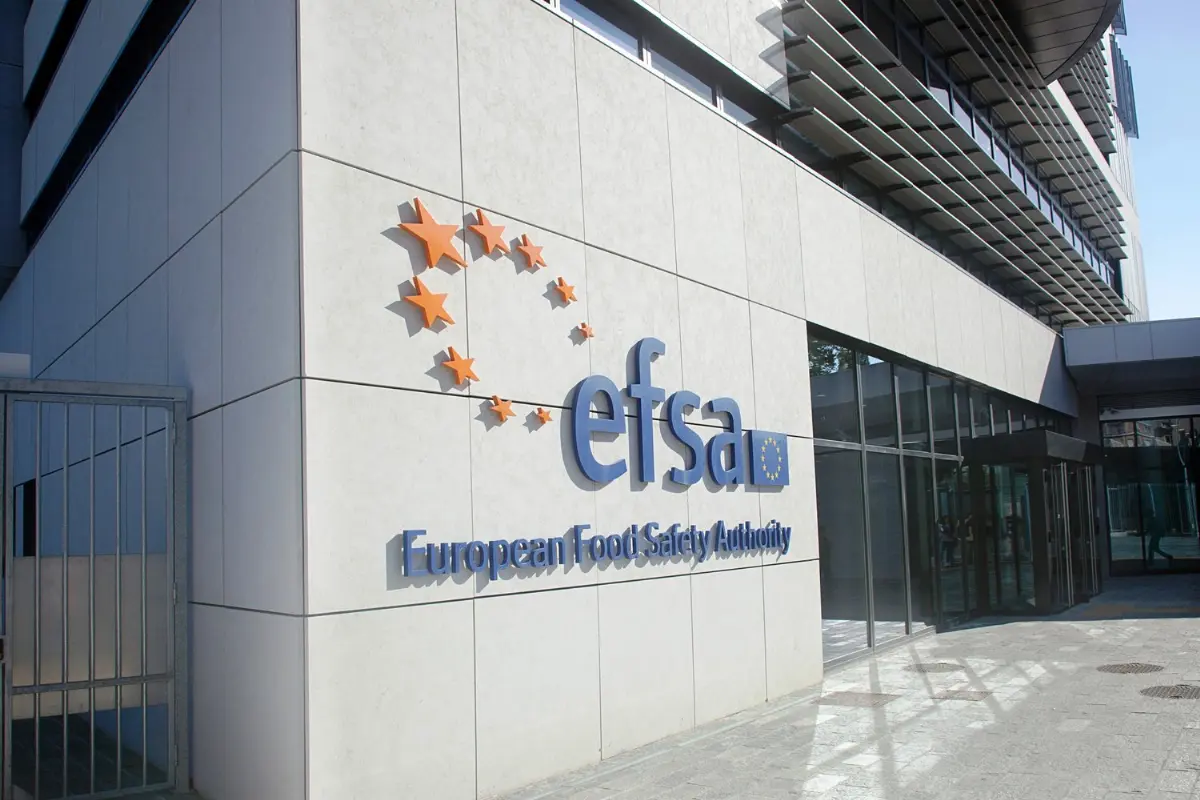
Efsa: bacterial resistance is fought by reducing antibiotics
The study on Escherichia Coli conducted together with Ecdc and EMA/Annex

Countries that have decreased their consumption of antibiotics in both animals and humans have seen a reduction in antibiotic-resistant bacteria. This is according to the fourth joint report on the integrated analysis of the consumption of antimicrobial agents and occurrence of antimicrobial resistance (AMR) in bacteria from humans and food-producing animals (JIACRA IV), published by the European Centre for Disease Prevention and Control (ECDC), the European Food Safety Authority (EFSA), and the European Medicines Agency (EMA). Taking a One Health approach, which recognises the connection between the health of people and animals, the report presents data primarily collected between 2019 and 2021 on antibiotic consumption and AMR in Europe.
For the first time as part of this project, the three agencies analysed trends of antimicrobial consumption and AMR in Escherichia coli (E. coli) from both humans and food-producing animals. They also looked into how these trends were changing in humans and food-producing animals during 2014 – 2021. For example, during this timeframe, antibiotic consumption in food-producing animals decreased by 44%.
The analysis performed by the three Agencies found that E. coli bacteria in both animals and humans are becoming less resistant to antibiotics as the overall antibiotic consumption is reduced. This shows that the concerning trends in antibiotic resistance can be reversed with the right actions and policies.
The report also shows that, in humans, the use of important groups of antibiotics, such as carbapenems, 3rd- and 4th-generation cephalosporins, and quinolones, is associated with resistance to these antibiotics in E. coli from humans. Likewise, the use of quinolones, polymyxins, aminopenicillins and tetracyclines in food-producing animals is associated with resistance to these antibiotics occurring in E. coli bacteria in food-producing animals.
Additionally, bacterial resistance in humans may be linked to bacterial resistance in food-producing animals. Two examples highlighted by the report are Campylobacter jejuni and Campylobacter coli, which may be found in food-producing animals and may spread to people through food.
Attached to this EFA News , the full text of the Efsa article on antibiotic resistance.
EFA News - European Food Agency